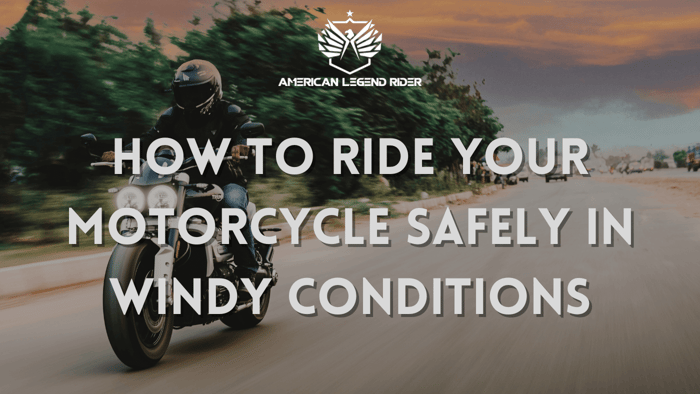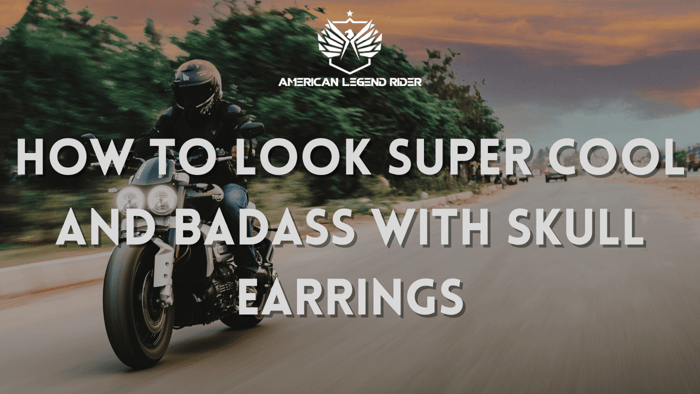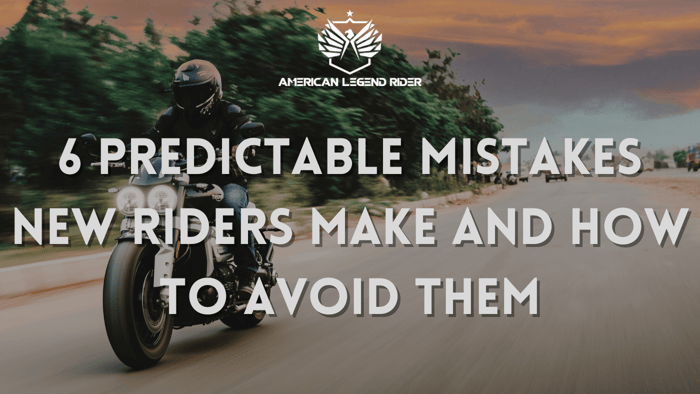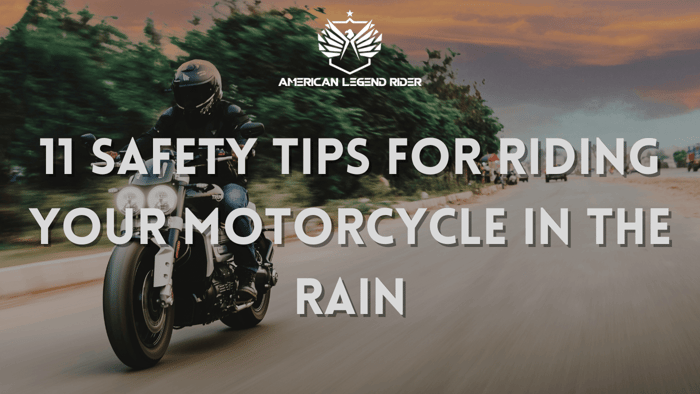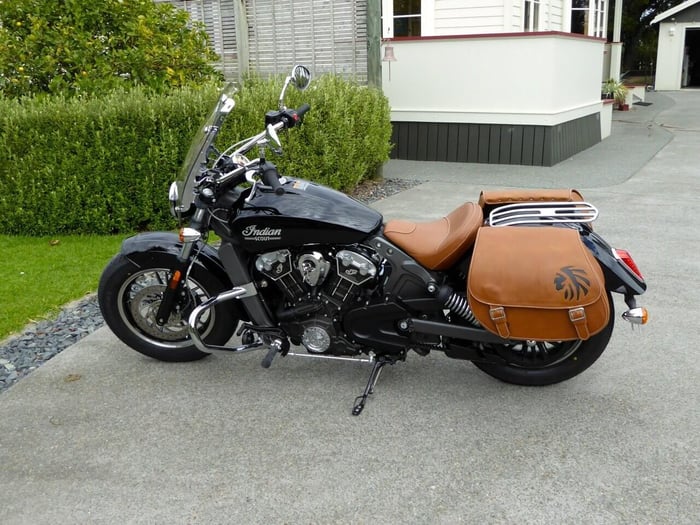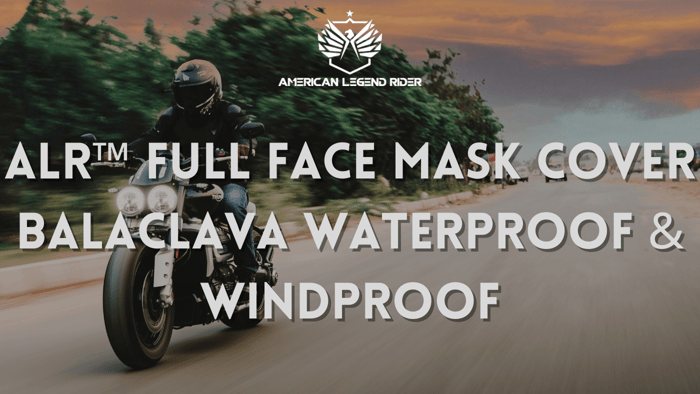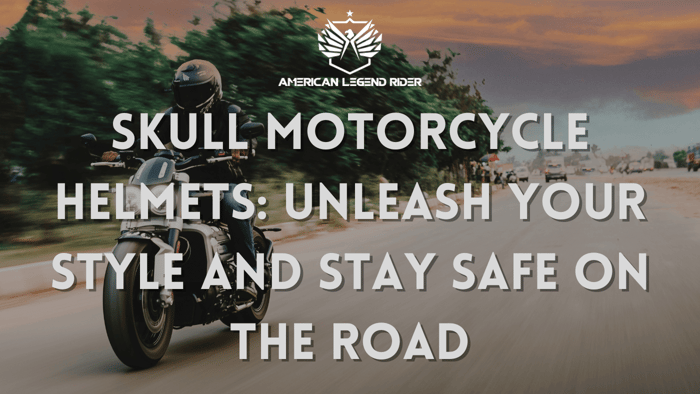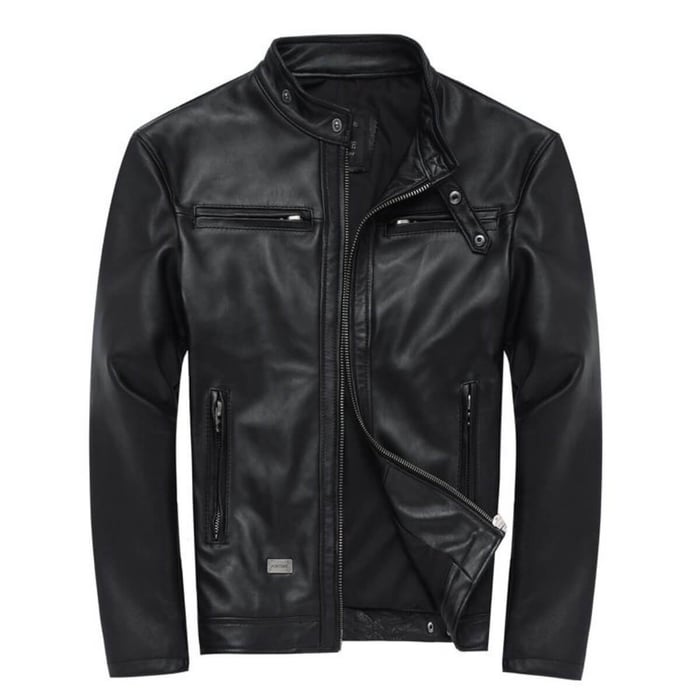Riding in strong winds can be dangerous and exhausting. Powerful gusts can push you off course, making it challenging to control your bike. If possible, avoid riding during blustery conditions, especially if you lack experience in handling them. The type of motorcycle you ride plays a significant role in how you navigate high winds. Your body positioning is crucial, as it affects your balance and ability to ride in windy conditions. Despite your preference to avoid it, you may unexpectedly encounter gusting crosswinds. Therefore, it is important to learn how to maneuver your bike effectively in such circumstances. In this short guide, we will show you how to stay safe and outline factors that you should be aware of that could impact on your riding in windy conditions.
The best motorcycle for riding in the wind
There's a lot of talk about which is the best motorcycle for riding in windy conditions. Is it the more massive and much taller bikes or the smaller, lighter bikes? If you had the chance to choose from a fleet of motorcycles, which one would you choose? The truth is, larger, high-way capable engine touring bikes fair better in windy situations compared to standard bikes with small engines. The heavier the bike, the better it is to ride in the high winds. Their weight, which consists of saddlebags, a bigger engine, and a large fairing make it less likely to be budged by the wind.
On the other hand, taller and lighter bikes are more likely to be pushed away by the wind, causing you to lose balance. However, a standard bike that is not tall would be able to escape the effects of the wind since its center of gravity is low enough. Motorcycles with full fairing will cope better in the wind by channeling the gusts of wind effectively around the bike.
Important riding techniques
It is important to note that wind can come in any direction, front, behind, and sideways. Your body positioning will be critical in helping you alleviate the effects of the wind by counteracting the wind force acting on you. As mentioned, wind can push you in any direction, so the first thing you will need to determine is where the wind is coming from. This will allow you to use the right riding techniques to counter the wind force and maintain your balance on the road. First, let us look at each scenario and see the best way to counter the effects of the wind.
Crosswinds (wind comes from either left or right side)
A strong crosswind gust can have unintended consequences as it can quickly thrust you off the road or into another traffic lane. The frontal area in contact with the wind will determine how impactful the wind is going to be. Think of it like a sail; the larger the surface area, the higher the effect of the wind will be. The best way to avoid the dramatic impact of crosswinds is to drive at slow speeds and loosen up your body. Remember to stay calm when you feel the wind thrusting and moving your body. A great technique to reduce the wind's effect is to stick your knee out in the direction the wind is coming from. For example, if the wind is blowing from the right side, stick out your right knee to catch the oncoming wind as it flows around your bike. This helps to counteract the force of the wind pulling your body and bike in the opposite direction. As you get used to this technique, you will be able to judge how far you should stick your knee out to cancel out the crosswind.
Riding in headwind
Headwinds are winds coming from the front of the motorcycle. These are much easier to deal with and less dangerous compared to crosswinds. The trick here is to reduce the amount of frontal area from which the wind comes in contact. In headwinds, it is best to make use of the fairings and ride below the windscreen of the motorcycle. This will reduce the amount of surface area that the wind can push against.
Riding in tailwind
Of the three categories of winds, tailwinds are the easiest to overcome as they do not push against you or slow you down. Tailwinds come from behind the bike and push you to ride faster than your intended speed. You will need a little bit of extra stopping distance as you are being pushed forward. Your riding position is also critical, as riding upright will increase the area of exposure and magnify the wind's effect. Therefore, you will need to tuck in and ride low for better efficiency.
How to ride in the wind
The wind isn't the only thing you need to keep in mind for safety when riding your motorcycle. Other factors come into play, too, as highlighted below.
- Avoid tank bags and saddlebags- these add an extra frontal area for the wind to push against, and increases drag. On the windy days, try as much as possible to reduce the amount of luggage that can add extra frontal area.
- Be cautious of wind blocks- it's a common occurrence for motorcyclists to be shielded temporarily from gusts of wind by large trucks, copses of trees, and buildings. These can expose you to a sudden rush of air that can catch you by surprise or even worse; trucks can suck you in towards them or away, forcing you to enter into a different lane.
- Choose the right eye protection gear- visibility is a critical factor when it comes to riding your motorcycle. Quite often, gusts of wind can be kicking stuff through to your face and cause visibility problems. Dry eye is also a common problem when you are riding at high speeds in windy conditions. For this reason, you need proper eye protection like motorcycle goggles and riding sunglasses that can effectively deflect the wind from your eyeballs.
- Choose the safest lane- the lane that you choose to ride on will depend upon a combination of factors including, the oncoming traffic, weather conditions, and the general direction of the winds. You may find yourself needing to bias on one side of the traffic lane, which is safer and less compromising for you.
To wrap it up, riding in windy conditions can be a daunting task, but with a handful of techniques listed above, you can make the risky condition to be a little bit more fun. Remember to choose ATGATT gear for the safest rides, no matter what conditions you encounter.
